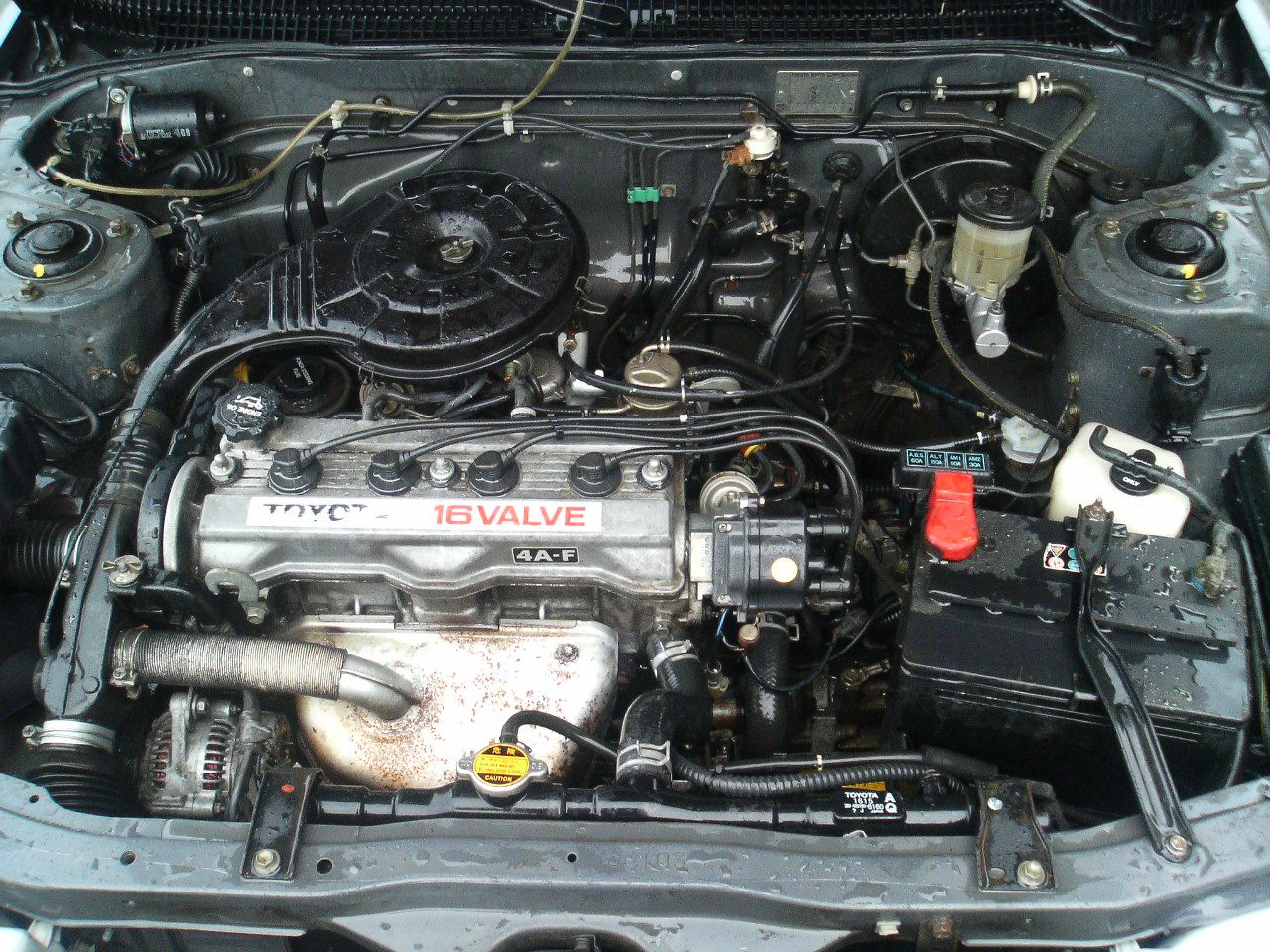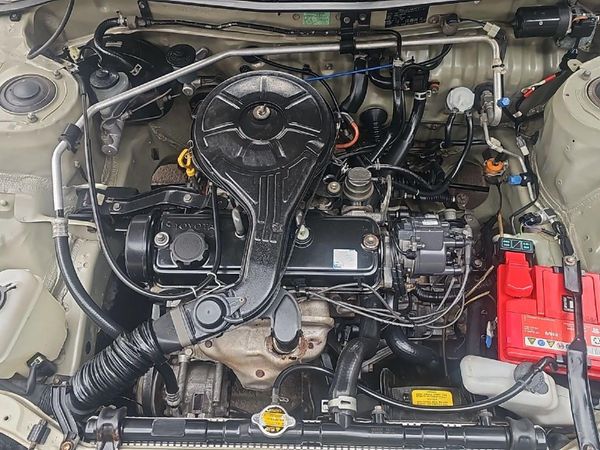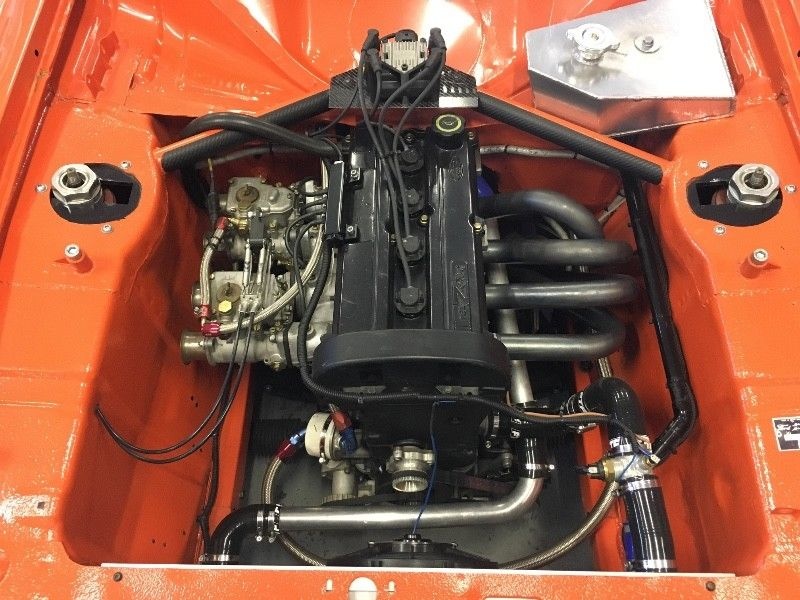Explore the current Patterns in Engine Innovation Via Tazz
In the swiftly evolving landscape of automobile innovation, Tazz stands at the leading edge, highlighting substantial innovations in engine systems that prioritize both innovation and sustainability. tazz. From crossbreed engines that optimize gas effectiveness to the development of hydrogen fuel cells, the fads forming modern-day powertrains are not just boosting performance but likewise resolving crucial ecological difficulties. As the industry proceeds to press borders, it is vital to take into consideration just how these advancements will certainly affect future transport options and the wider implications for global energy intake. What exists ahead in this critical change?
Hybrid Engine Innovations
Crossbreed engine advancements represent a crucial shift in automotive modern technology, integrating the advantages of interior combustion engines with electrical propulsion systems. This integration not just enhances gas efficiency yet also lowers discharges, conference increasingly rigorous environmental laws. By using both power sources, hybrid engines can enhance performance, providing power when required while conserving gas throughout less requiring driving conditions.
Current developments in crossbreed technology include renovations in battery efficiency and regenerative braking systems. These technologies enable higher power recovery during slowdown, which can be rerouted to assist in velocity or power accessory systems. Furthermore, makers are concentrating on compact styles and light-weight products to make the most of the effectiveness of crossbreed powertrains.
The development of plug-in hybrids has also increased the marketplace, allowing drivers to charge their vehicles making use of common electrical outlets. This function typically permits considerable all-electric variety, more decreasing dependence on traditional fuels. tazz. As the automotive industry proceeds to evolve, hybrid engine technologies are anticipated to play a crucial role in bridging the void in between standard automobiles and completely electric models, providing a transitional solution that deals with varied consumer needs and preferences
Breakthroughs in Electric Powertrains
The auto landscape is swiftly progressing, with electric powertrains becoming a leading pressure in sustainable transportation. Advances in electrical automobile (EV) technology are significantly boosting individual, performance, and efficiency experience. Key technologies include renovations in battery chemistry, which have increased power density, minimized charging times, and extended general battery life.
Solid-state batteries, for example, assure to transform the marketplace by offering better security and performance compared to typical lithium-ion cells. Improvements in regenerative stopping systems are enabling automobiles to recover energy throughout slowdown, contributing to general performance.
In addition to battery innovation, electrical motor designs are ending up being a lot more sophisticated. Developments such as incorporated electric motors and progressed thermal management systems are assisting to enhance power distribution and lower weight, ultimately improving automobile characteristics.

Jointly, these breakthroughs emphasize the dedication to shift towards cleaner, much more efficient transport remedies, placing electric powertrains at the forefront of automotive innovation.
The Surge of Hydrogen Gas Cells
Progressively, hydrogen fuel cells are acquiring traction as a sensible choice to standard interior combustion engines and battery electrical automobiles. This technology harnesses the chemical power saved in hydrogen, converting it right into electrical energy through an electrochemical response with oxygen. The main byproduct of this procedure is water, making hydrogen fuel cells an eco-friendly choice with zero exhausts at the tailpipe.

Car manufacturers are significantly investing in hydrogen fuel cell innovation, identifying its possibility for long-range applications and rapid refueling capabilities that match traditional gas. In addition, fields such as heavy-duty transport and public transit are particularly appropriate for hydrogen fuel cells, where battery electric options might drop short because of weight and array constraints.
As study and financial investment proceed to increase, hydrogen gas cells are positioned to play a substantial duty in the future landscape of tidy transport and power options.
Enhancements in Internal Burning Engines
Advancements in interior combustion engine (ICE) modern technology are transforming traditional lorries to satisfy modern ecological requirements and performance assumptions. Direct gas injection, for circumstances, enables for better atomization of gas, leading to more full combustion and boosted power outcome.
Additionally, turbocharging has actually gained prestige, enabling smaller sized engines to provide greater performance without the weight of bigger engines - tazz. This innovation not just increases performance but additionally adds to decrease see this website fuel intake. Variable valve timing systems are likewise being refined, allowing engines to adjust to various driving problems for improved torque and responsiveness
Additionally, making use of lightweight products in engine construction is ending up being basic, additional boosting fuel effectiveness by reducing general lorry weight. Engine control units (ECUs) are progressively innovative, allowing real-time changes that maximize performance and discharges.
These improvements collectively represent an essential change in ICE technology, lining up with international sustainability objectives while still offering the performance motorists get out of their vehicles. As the market progresses, these renovations proceed to shape the future of standard auto design.
Future Patterns in Engine Performance
Significant innovations in engine efficiency are anticipated as producers focus on incorporating cutting-edge modern technologies to meet rigid environmental regulations and customer needs. The shift in the direction of electrification, hybrid systems, and alternate fuels is improving the auto landscape, driving developments that boost gas economic climate and decrease discharges.
Among the vital patterns is the implementation of sophisticated products and making strategies. Lightweight composites and high-strength alloys add site to minimized automobile weight, therefore enhancing overall efficiency. In addition, the fostering of turbocharging and variable valve timing technologies permits improved power result from smaller sized engines, even more enhancing gas economic climate.

Verdict
Advancements in crossbreed engine systems, electrical powertrains, and hydrogen gas cells show a commitment to decreasing discharges while improving efficiency. Renovations in inner burning engines and a focus on lightweight materials contribute to overall engine more information efficiency.
From hybrid engines that enhance fuel effectiveness to the introduction of hydrogen gas cells, the patterns forming modern-day powertrains are not just boosting efficiency however likewise attending to essential ecological obstacles.Crossbreed engine technologies stand for a crucial change in vehicle innovation, integrating the benefits of interior combustion engines with electric propulsion systems.In addition, turbocharging has actually obtained prestige, enabling smaller engines to deliver greater efficiency without the weight of bigger engines. Furthermore, the adoption of turbocharging and variable valve timing modern technologies permits for enhanced power output from smaller engines, better boosting fuel economy.
Improvements in inner combustion engines and a focus on light-weight products contribute to total engine performance.